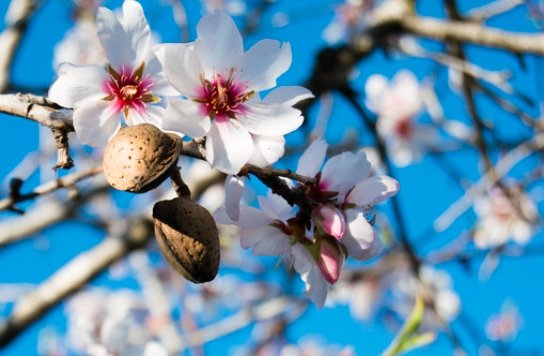As the world turns its eyes to healthier food options, Georgia’s nut industry stands at the cusp of a revolution. With its fertile lands and favorable climate, the country is poised to crack the global market wide open, offering a bounty of hazelnuts, walnuts, almonds, and more. This article delves into the current state of this burgeoning sector, exploring the challenges and opportunities that lie ahead.
The Blossoming of Georgia’s Nut Trade
The nut industry in Georgia is not just about the produce; it’s a tapestry woven with the threads of tradition, innovation, and economic aspiration. As the first almond blossoms unfurl, signaling the start of the season, farmers across the nation are hopeful. The previous year’s yields have been tallied, and the prospects for the current year are promising. The industry, primarily comprising hazelnuts, walnuts, almonds, and pistachios, is a significant contributor to Georgia’s exports and employment, engaging numerous small-plot owners in the process.
Despite facing a myriad of challenges, the industry is supported by a range of schemes from the government, donors, and large commercial groups. This support has led to growth and resilience, with new almond consumer products proliferating in the market. Udabno, the country’s largest almond producer, is at the forefront, introducing almond flour, sweets, biscuits, nuts, oil, and butters—all sourced from its expansive organic farms.

The economic impact is palpable, with the industry expanding amidst rising international demand for nuts as healthy, nutrient-rich food products. The global nut market, valued at $46 billion and growing annually by approximately 6%, presents a lucrative opportunity for Georgian producers.
Nurturing the Growth: Challenges and Innovations
Georgia’s nut industry, while flourishing, is not without its hurdles. The sector is grappling with issues ranging from production inefficiencies to marketing challenges. However, the response has been robust, with the introduction of modern techniques and the exploration of new market avenues.
The government’s “Plant the Future” program exemplifies the state’s commitment to the industry, having invested millions in walnut production since 2015. The Almond & Walnut Producer Association of Georgia forecasts a significant increase in walnut production, with participating farms expected to yield unprecedented quantities by 2025.
Internationally, almonds and walnuts are the most sought-after nuts, and Georgia is keen to capitalize on this trend. With the support of international organizations and conferences highlighting global nut trends, Georgian producers are shifting towards more commercial production. This move is crucial for the country to leverage its Deep and Comprehensive Free Trade Agreement with the EU and become more competitive in both domestic and export markets.
Securing the Future: Sustainability and Market Expansion
As Georgia’s nut industry matures, sustainability and market expansion become key focal points. The industry’s growth trajectory is set against the backdrop of a global increase in demand for nuts. This demand is driven by their recognition as healthy, nutrient-rich food products.
New companies are entering the Georgian market, diversifying the industry beyond the traditionally dominant hazelnuts by planting almonds and walnuts. The government’s support, coupled with the technical knowledge shared by international experts, is helping optimize the management of nut orchards.
The future looks promising for Georgia’s nut industry. With strategic planning and continued innovation, the country is well-positioned to become a significant player in the global nut market, providing a model for other sectors to follow.
